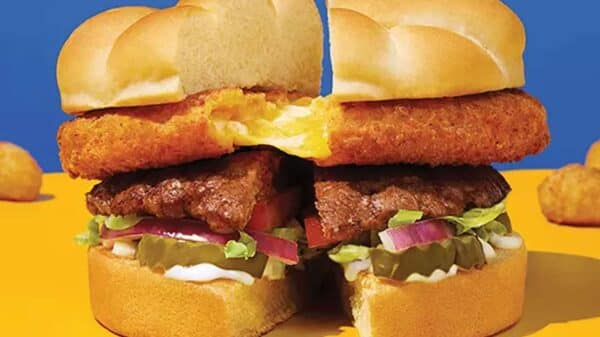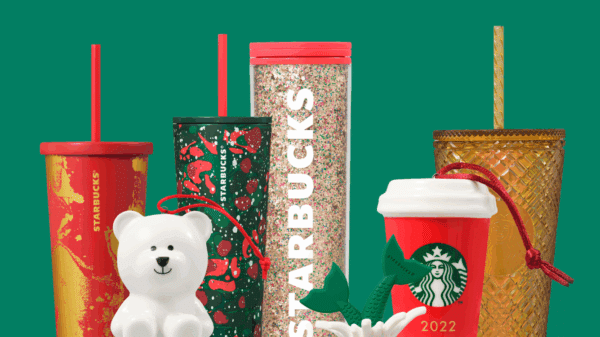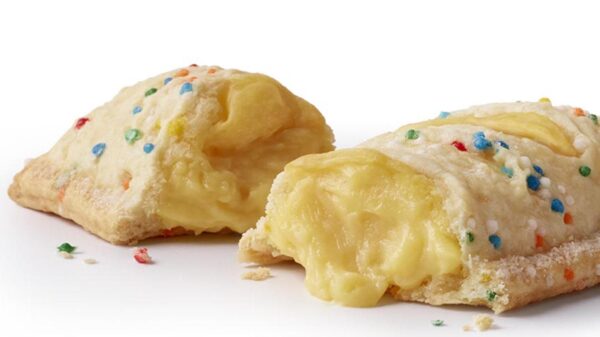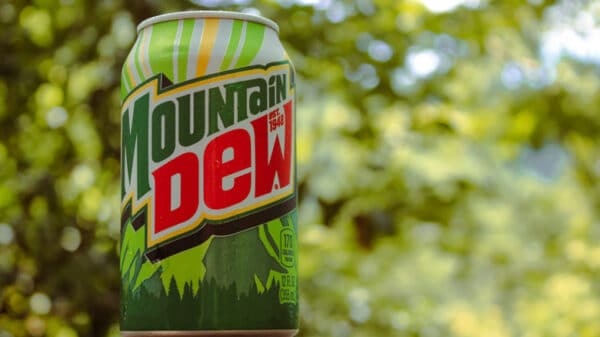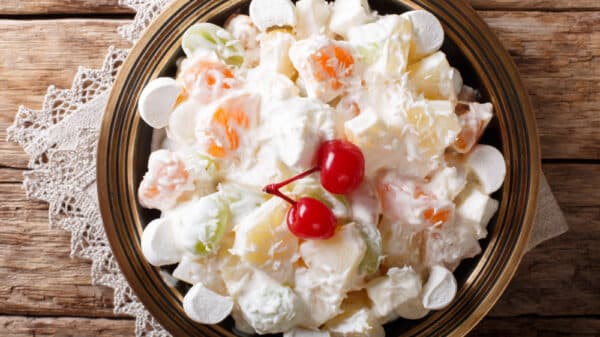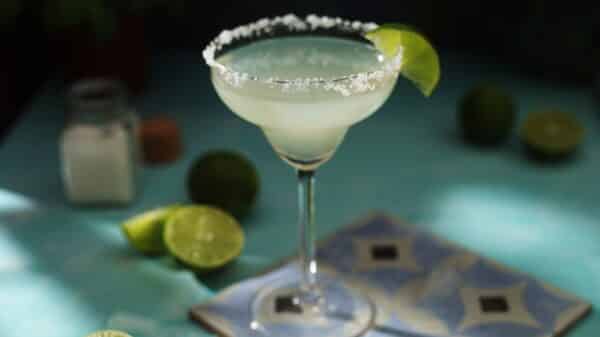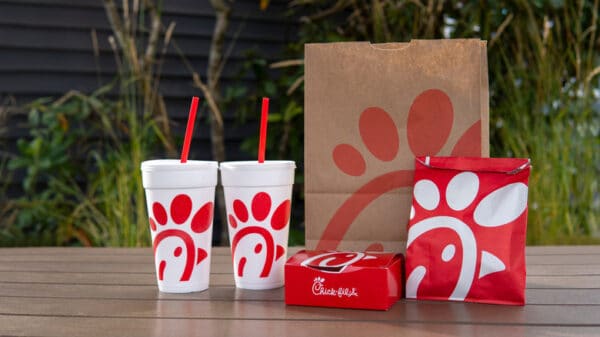For many who grew up in the ’90s, the taste of chocolate milk evokes feelings of nostalgia intertwined with memories of school lunches. This beloved drink wasn’t just a daily offering; it was a highlight, especially when paired with classic cafeteria staples like rectangular pizza. The experience of unboxing a half-pint box of whole-fat chocolate milk made any lunch feel more special. Apart from quenching thirst, this delightful beverage found its way into home kitchens, being used to elevate boxed cake mixes into scrumptiously rich desserts.
While the exact moment when milk made its debut in schools is shrouded in history, reports suggest that Boston had milk programs as early as 1910. The concept gained traction, with Pinellas County in Florida providing daily half-pints by 1914, even introducing a cow on-site for authenticity. This evolution contributed to the Child Nutrition Act of 1966, which initiated free milk programs for eligible children. Although a definitive timeline for chocolate milk’s entry isn’t clear, discussions on platforms like Reddit hint that its appearance in schools began around the 1970s.
The School Chocolate Milk Debate Over the Years
However, the landscape shifted again in 2017 with the Trump administration relaxing regulations, permitting the sale of 1% fat chocolate milk to encourage dairy consumption during lunch. As we look toward the 2024 school year, there were discussions about potentially banning flavored milk altogether. Yet, ultimately, flavored options remained an accepted part of school menus.
The upcoming school year, 2025-2026, signals a balanced approach, as flavored milks, which constitute over two-thirds of milk consumption by students, are now part of a broader initiative. Named the Healthy School Milk Commitment, this movement sees a commitment from leading dairy companies to limit flavored milk to a maximum of 10 grams of sugar per 8-ounce serving, demonstrating an effort to satisfy both health standards and children’s preferences.
Final thoughts: The journey of chocolate milk in schools reflects broader societal trends concerning nutrition, flavor, and childhood preferences. As debates continue and legislation evolves, the charm of this childhood favorite endures, reminding us of simpler times and the joys of school lunches. It’s not just a beverage; it’s a slice of memory, a connection to our past, and potentially a reimagined player in future nutrition policies.


